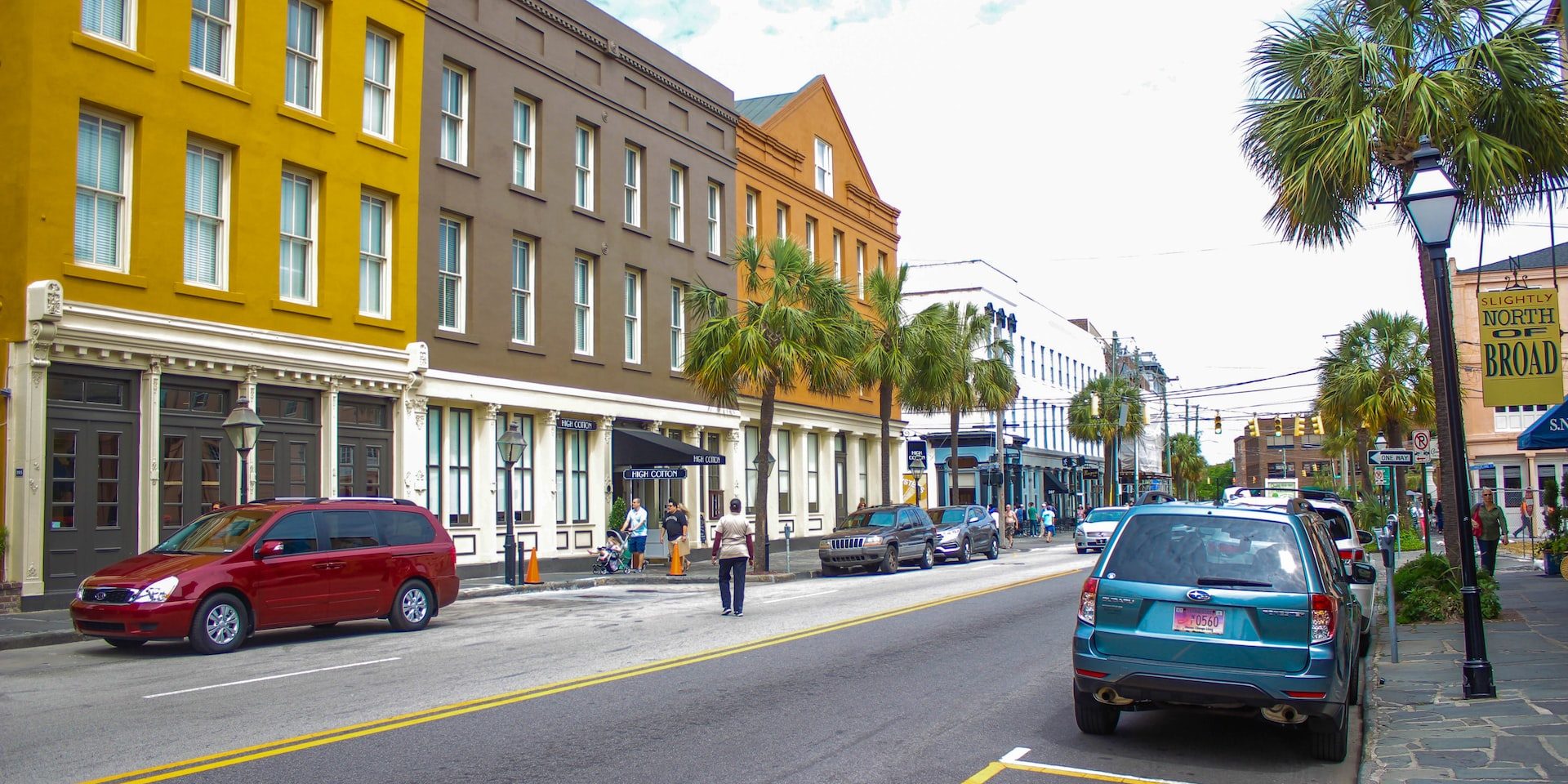
As Pedestrian Deaths in South Carolina Increase, Here’s How to Stay Safe While Walking or Driving
Pedestrian deaths have increased nationwide in recent years, according to a report from the Governors Highway Safety Association (GHSA). Pedestrian deaths now make up 17 percent of all traffic-related deaths.
Many circumstances can contribute to the risk pedestrians face. Understanding these circumstances can help both drivers and pedestrians combat the rise in pedestrian deaths.
Charleston, South Carolina Pedestrian Death Statistics
Between 2019 and 2022, the US population grew by approximately two percent. Pedestrian deaths, however, increased by 18 percent in that same period. The year 2021 set a 40-year record with 7,485 deaths. The GHSA estimates that 2022 may be an even deadlier year once all pedestrian death records are tallied.
Eighteen US states have pedestrian death rates higher than the national average of 1.04 deaths per 100,000 residents. South Carolina is one of these states. In 2021, South Carolina saw 1.58 deaths per 100,000 residents. Only Florida, New Mexico, and Louisiana had higher rates of pedestrian fatalities.
In the first half of 2022, South Carolina reported seven fewer total pedestrian deaths than in the first half of 2021. These deaths aren’t evenly distributed across the state, however一urban areas like Charleston show signs of becoming riskier for pedestrians. In Charleston, no pedestrians were killed in the first three months of 2022一but by the start of March 2023, three pedestrians had already lost their lives in the city.
What Causes Pedestrian Deaths?
Several factors increase the risk of death or serious injury for pedestrians. Factors involved in recent pedestrian deaths in Charleston include:
- Inadequate infrastructure. Poor lighting, lack of sidewalks and crosswalks, and other types of inadequate infrastructure increase the risk of injury to pedestrians. In and around Charleston, for instance, it is not unusual to see pedestrians attempt to cross several lanes of traffic – often standing in the center or “suicide lane” while they wait for traffic to clear. When pedestrians don’t have options for crossing streets safely, they may take deadly risks.
- Dangerous driving. Driving too fast for conditions, distractions, and failing to look closely for pedestrians are all ways in which drivers increase the risk on the roads – for other vehicles as well as for those on foot. Drivers may fail to slow down at intersections, fail to turn on their headlights in inclement weather, ignore traffic signals, and engage in other dangerous behaviors.
- Roadways engineered for cars, not pedestrians. In recent years, roadway engineers have focused on increasing the speed and flow of traffic. Moving vehicles more quickly and smoothly through urban areas, however, is often at odds with pedestrians’ needs. These roadways may contribute to crashes in which speed is a factor.
State and local efforts to improve pedestrian safety include initiatives like improved lighting, better sidewalks, and clearer signals at pedestrian crossings. Charleston pedestrians and drivers can also take steps to keep the streets safer and reduce the risk of a serious crash.
Safer Streets When Walking or Driving
Whether you’re a pedestrian in Charleston or a driver, you can contribute to safer streets.
Pedestrians can give themselves added protection in these ways:
- Look, look, and look again. “Look both ways before you cross the street” remains valuable advice, no matter your age. Take the time to look closely at the street and traffic before you cross. Remove headphones and pause conversations so you can listen for oncoming traffic.
- Cross at marked crosswalks. Drivers are more likely to expect一and look for一pedestrians at marked crosswalks. Whenever possible, use these crosswalks and signals. Even at marked crossings, watch the behavior of traffic before stepping onto the road.
- Make yourself visible. Bright, reflective clothing can help grab drivers’ attention so that they can see you in time and safely navigate around you. At night, a flashlight or headlamp can make a pedestrian easier to see as well.
Drivers also play a role in keeping streets safe for others. Drivers contribute to pedestrian safety in several ways:
- Look, look, and look again. It’s easy for many drivers to develop the habit of only looking for other cars. Instead, really focus on the scene in front of you. Look for motorcycles, bicycles, pedestrians, road hazards, and other vehicles.
- Assume there will be a pedestrian at every crosswalk. Look closely at the edges of crosswalks and the corners of marked intersections. Assume there are pedestrians, reduce your speed, and be alert to spot them.
- Slow down, especially when visibility is low. Darkness, rain and fog, and other causes of low visibility all call for slower driving. When in doubt, slow down.
- Avoid distractions. Turn down the radio, put away your cell phone, and pause during conversation when driving through areas with a high likelihood of pedestrian traffic.
- Never drink and drive. Driving under the influence (DUI) decreases your ability to spot pedestrians or to react when you see a pedestrian in the roadway. Before you leave the house, make a plan for sober travel, whether that’s a designated driver, a taxi or rideshare, or public transit.
- Drive more carefully when you’re unfamiliar with the area. If you’re unfamiliar with downtown Charleston, take extra care when you drive. Eliminate as many distractions as possible, control your speed, and focus on the environment ahead. If you have passengers, enlist them to help you scan the road and sidewalks for pedestrians. And if you miss a turn, don’t panic; keep driving until you have the opportunity to turn around.
If you’ve been injured in a pedestrian accident or car crash, talk to the team at the Steinberg Law Firm today. We offer free consultations and no fee unless we collect financial compensation for you.




















